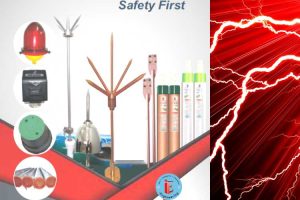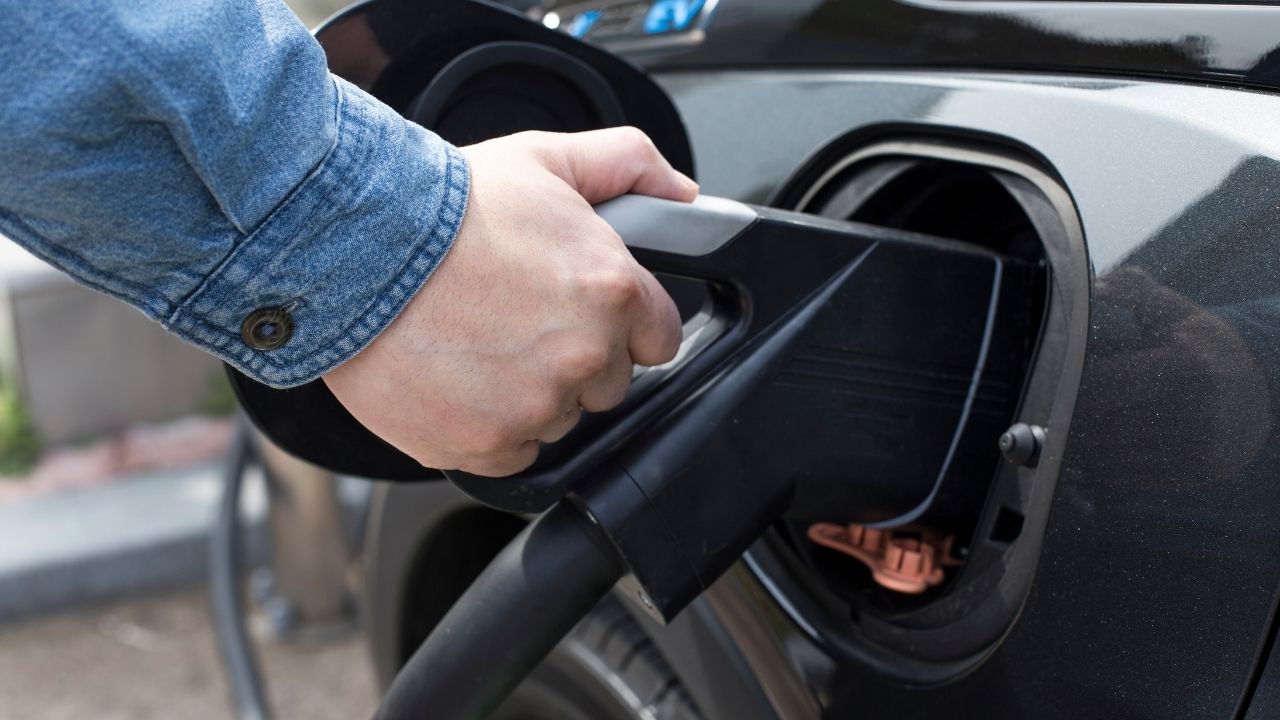
What are the different types of lightning protection?
In lightning protection systems, a lightning rod or conductor is a single component of the system. This conductor required the connection to the earth to
Electric vehicles have the potential to reshape the transportation globally, drastically cutting carbon emissions and clearing the way for significant climate progress.Transportation is the highest-emitting factor in the world, as per the study of EPA’s (Environmental Protection Agencies)a typical passenger vehicle emits about 4.6 metric tons of carbon dioxide per year.Electric cars could transform this high-emissions sector.
Lack of charging infrastructure is one of the biggest challenge in Electric Vehicle adoption. So, let’s discuss solution for this: –
To assist our E-mobility customer’s iEngineering Group is proud to provide high quality iPower series fast charging solution as a turnkey solution. Our product range include AC and DC charging stations characterized with high stability, good performance, comply with all Australian Standards and CE certified.
To attract customers to some of its malls, property developer and real estate Company, Restaurant’s, Resorts needs to offers free EV charging at some locations.
Most of the governments has reduced their different tariff of public charging stations for electric vehicles, this will affects the charging prices by per unit & it becomes very cheaper to charge your EV at any Public Charging Stations.
In a sign of the challenges, the commercial market presents high costs led Electricity Supply Company to reassess plans to set-up a smart grid to provide an EV charging network in the city.
An organic initiative intended to proliferate charging stations beyond city limits – thus contributing to the ecosystem that will allow EV use in the worldwide to flourish.Most businesses are connected to the grid and 15 Amp level 2 sockets are common. The idea is for businesses and organisations located (40-70 km) around cities to set-up 15 Amp charging stations.The intention is to allow urban EV owners to extend the range of their journey by offering out-of-town charging.
Another area of growth in EV infrastructure is investment in charging stations by operators of large fleets, many of which are already switching to EVs. Typically, such stations are at main hubs such as bus depots or taxi companies’ main offices or ranks.
The nascent concept of battery swapping is an area in which every location’s EV infrastructure trends differ from those of more affluent nations. The battery is among the most expensive elements of any electric vehicle, with the cost increasing significantly as storage capacity grows.The government is seeking to encourage the sale of vehicles with smaller, and cheaper, batteries; while ensuring users have sufficient range by allowing them to swap low batteries for fully charged ones en-route. The network of battery swapping stations, like those for EV charging stations, is anticipated to develop a number of business models.
Electric vehicle uptake in Australia is currently lower than other developed countries but the number of EVs is expected to grow as cheaper models arrive and more charging infrastructure is rolled out.The Australian Electric Vehicle Market Study Report explored topics such as the potential uptake of EVs in Australia. According to the report, EVs are expected to match petrol vehicles on both upfront price and range by the mid-2020s. Once EVs reach this price parity with internal combustion engine vehicles, sales of EVs are expected to rapidly increase.
For AC charging solutions
https://ieng.tech/ac-charging-station/
For DC charging solutions

In lightning protection systems, a lightning rod or conductor is a single component of the system. This conductor required the connection to the earth to
